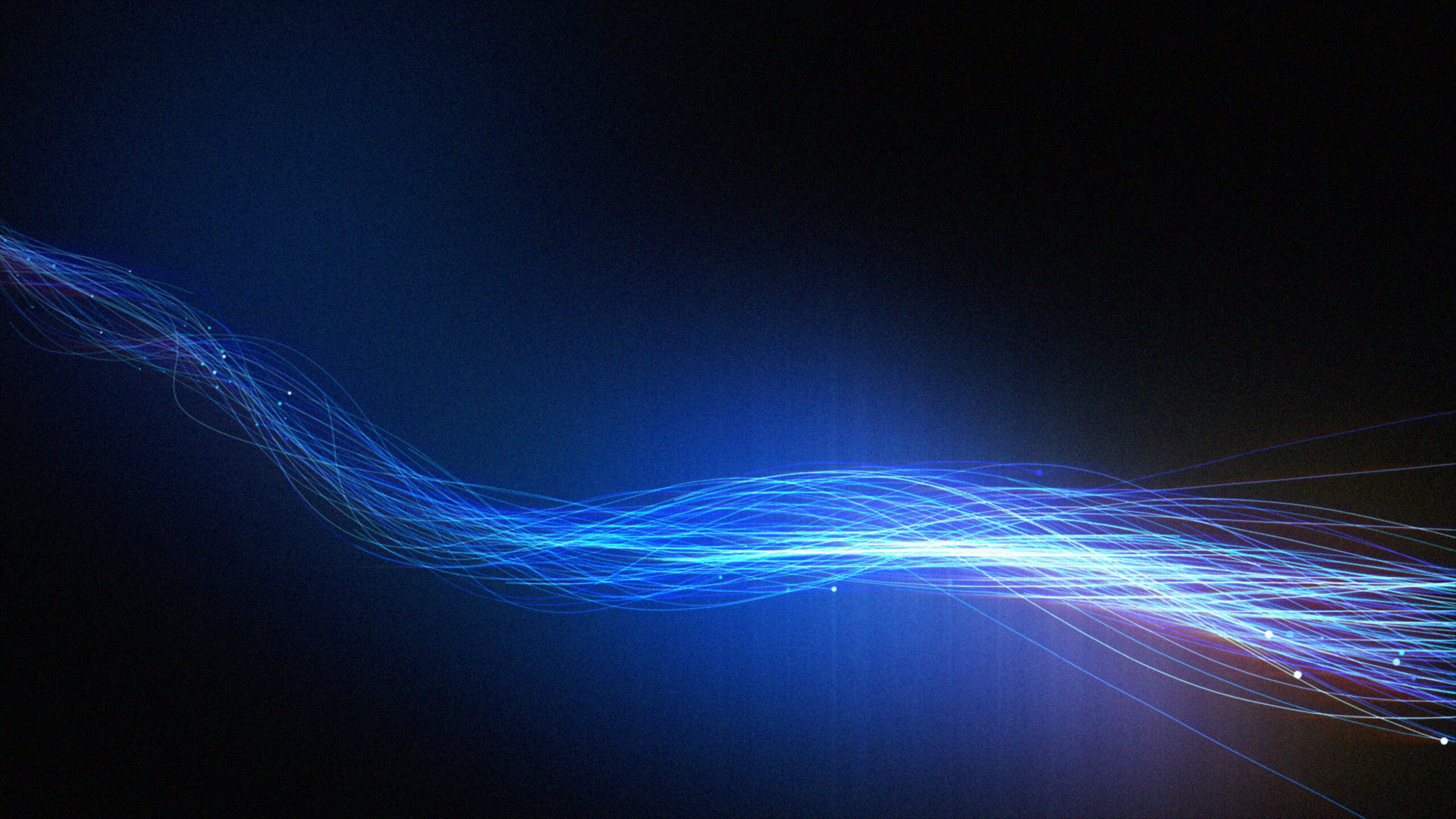The human brain is really good at processing and recognizing patterns. Within the brain, each neuron can transmit 1,000 nerve impulses per second and make as many as tens of thousands of synaptic contacts with other neurons. Replacing it is impossible but augmenting the human brain with advanced technologies has become a hot topic for companies across all industries.
Technologies that were once on the bleeding edge, like digital twins, AI and machine learning, have quickly become mainstream tools that engineers use every day. It’s crucial for engineers to stay ahead of emerging technologies to maintain a competitive advantage and solve increasingly complex challenges.
A few years ago, digital twins were all the buzz, reaching the peak of the Gartner Hype Cycle. Today, digital threading is following closely behind as the latest technology for engineers to adopt. While these tools will never replace the human brain, they can serve as powerful tools to revolutionize how engineering teams collaborate and innovate.
The digital twin
The digital twin is essentially a digital model (or twin) of a physical asset that includes everything from design specifications to operational data. It’s how engineers can effectively take a physical asset—a turbine, an automobile, a motor—and create a digital representation of that asset throughout its life cycle, from birth to obsolescence. It also allows for continuous monitoring, assessment and diagnostics.
Using digital twins gives engineers an amazing edge, allowing them to and match that data against the digital representation of that asset’s design, which is usually stored in the product lifecycle management (PLM) system, or with model-based engineering in a 3D PLM system.
The digital thread
Even more ambitious and promising is the digital thread, also referred to as “digital threading.” Broadly defined, the digital thread is a framework that connects data and data flows for an item or asset across all phases of the product life cycle. Digital threading uses AI to mimic the human mind’s ability to recognize and process patterns. It finds and connects all the data points that are implicitly or explicitly linked and then “threads” those connections to try to understand a concept, solve a problem, answer questions and make informed decisions.
However, even the simplest asset can have a vast number of links to information about that item that reside in multiple disparate systems. Think of where information resides—in PLM systems, Requirements Management Systems, ERP systems, SharePoint, project files, third-party sites, emails and much more—and you begin to understand the scope of connecting the dots. the way humans solve problems and understand complex issues within our own brains.
So how does digital threading improve and expand on the digital twin? The digital twin falls short when it comes to unstructured data. For example, what if the performance data on an engine goes wildly out of spec? Platforms today are implementing rules and some ML to try to tell that system what to do and how to respond to that failure. But digital threading utilizes technologies and concepts such as natural language processing (NLP), deep learning and semantic analysis to connect information to the digital twin.
Solving engineering problems with digital threading
How can digital threading solve the mega engineering problems we see in the headlines today? Many of these problems cross multiple complex systems and may involve billions of data points across all the connections. It’s a painful process that many companies are not equipped to handle.
Digital threading solves the challenge around the sheer number of data points that need to be connected to solve problems and make better decisions. It uses AI technologies to automatically sift through big data, connect critical information and create navigable relationships that don’t currently exist outside of the human brain.
The applications of digital threading are far-reaching. Today, organizations like Accuris are aspiring to use digital threading to, in a sense, create a digital replica of a human brain’s function. The human brain takes data, makes connections, processes those connections, and then develops an understanding about the world or about that data set. Expand that concept across the enterprise, where there are many different brains (not just one). There are many different subject matter experts (SMEs) who can make many different connections with data to create diverse expertise. So now, to solve an enterprise problem, teams of people process data on a daily basis and then use that information to solve even the most complex enterprise problems.
What’s next in the engineering digital transformation?
Accuris is at the forefront of the engineering digital transformation. Accuris’ Engineering Workbench and Goldfire software solutions are powered by advanced AI technologies like deep learning, which utilizes a proprietary deep search algorithm for digital threading. These search algorithms are on the bleeding edge of AI technologies, trained on technical content and tuned to solve problems and mine answers deep in a virtual “neural network” of technical knowledge.
Accuris does not look at data as structured content or even text. Instead, everything is a vector upon which a series of mathematical equations analyze the information and identify connection/linkages. These are then used to populate a “knowledge graph”—think of this as “plotting the stars” in your enterprise knowledge universe. The connections between those data points form the ability to create insights and make informed decisions. Data with interpretation becomes knowledge.
At the heart of digital threading is connecting information that was never possible to digitally connect before – transforming how engineers solve problems.

